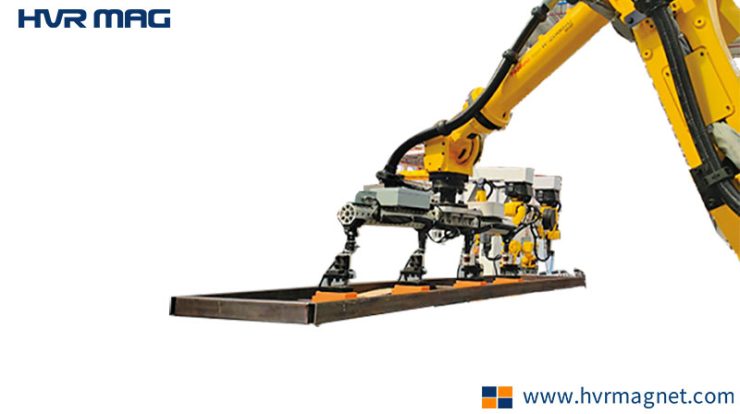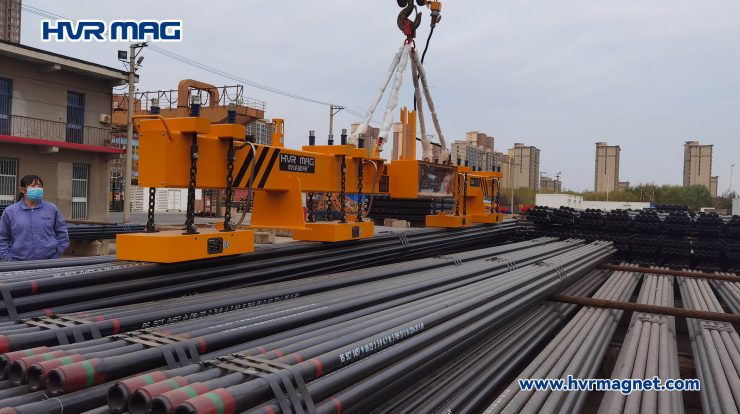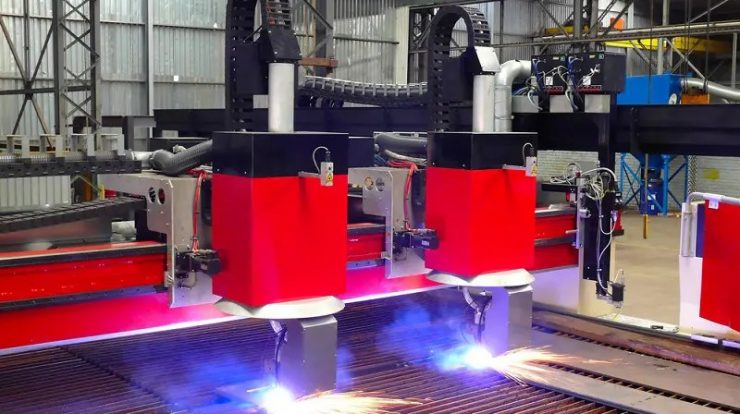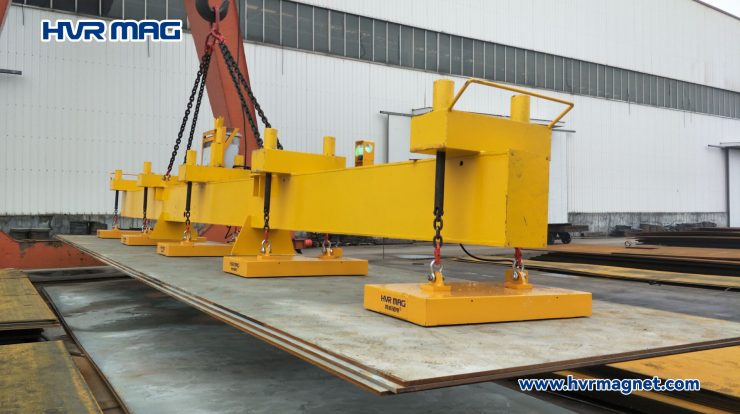Excavator Sizes: Selecting the Appropriate Size for Your Project Using Excavators
Keywords: What size excavator do I need? excavator size, types of excavators
Different size excavator sizes

Excavator Size
Selecting the appropriate tools for a digging operation can take a lot of effort, especially when it’s crucial to choose the perfect one. Once you’ve made the decision to use an excavator, you still need to be careful to select the appropriate size. If you choose one that is too little or lacks the necessary capability, you won’t be able to do the task correctly. Selecting one that is too big could go you over budget in addition to making it the incorrect fit for the task. So how do you choose the appropriate excavator size for you?
There are many different types of excavator, but they all fall into four main size categories: mini, midi, standard, and large. In order to pick the right excavator size, you need to know what your options are.
Mini or Compact Excavators
Mini excavators, also known as compact excavators, are the smallest in size. They typically weigh between 1 to 8 tons. Mini excavators are highly versatile and maneuverable, making them suitable for tasks in tight spaces or urban environments. They are commonly used in landscaping, residential construction, utility work, and small-scale excavation projects.
Midi Excavators
Midi excavators, also referred to as intermediate excavators, bridge the gap between mini and standard excavators. They typically range from 8 to 12 tons in weight. Midi excavators offer a balance of compactness and increased power, making them suitable for medium-sized projects that require more digging depth, reach, and lifting capacity.
Standard Excavators
Standard excavators, also known as full-size or regular excavators, are commonly used in a wide range of applications. They typically weigh between 12 to 45 tons. Standard excavators deliver robust digging power and have extended reach capabilities, making them versatile for general construction, earthmoving, and excavation projects of varying sizes.
Large Excavator
Large excavators are heavyweight machines designed for heavy-duty tasks. They typically weigh over 45 tons. Large excavators offer exceptional digging depth, high lifting capacity, and impressive reach. They are commonly used in large-scale projects such as mining, quarrying, major infrastructure development, and deep excavation where substantial power and performance are required.

What size excavator do I need?
The selection of excavator size depends on factors such as project scale, available space, maneuverability requirements, and digging power needed. Contractors and operators assess their specific needs to choose the most suitable excavator size that optimizes productivity and efficiency for their construction or excavation projects.

What size excavator for stump removal?
For stump removal, a mid-sized excavator in the 15-25 ton class is typically recommended. Excavators in this size range provide the power, reach, and stability needed to effectively extract tree stumps and roots. The specific excavator size will depend on factors like the stump diameter, soil conditions, and available work space, but generally a 15-20 ton excavator with a hydraulic thumb attachment would be well-suited for most stump removal projects. The excavator’s ability to dig, grasp, and lift the stump makes it a versatile and efficient tool for this type of land clearing task.
How are excavators sized?
Excavators are typically sized based on their operating weight, which refers to the total weight of the machine, including the attachment, fluids, and operator. The operating weight determines the excavator’s lifting capacity, digging depth, and overall performance. Excavator sizes range from mini excavators weighing less than 2 tons to large, heavy-duty models exceeding 100 tons. The size selection is influenced by the specific job requirements, such as the scale of the project, the terrain, and the type of work to be performed.





